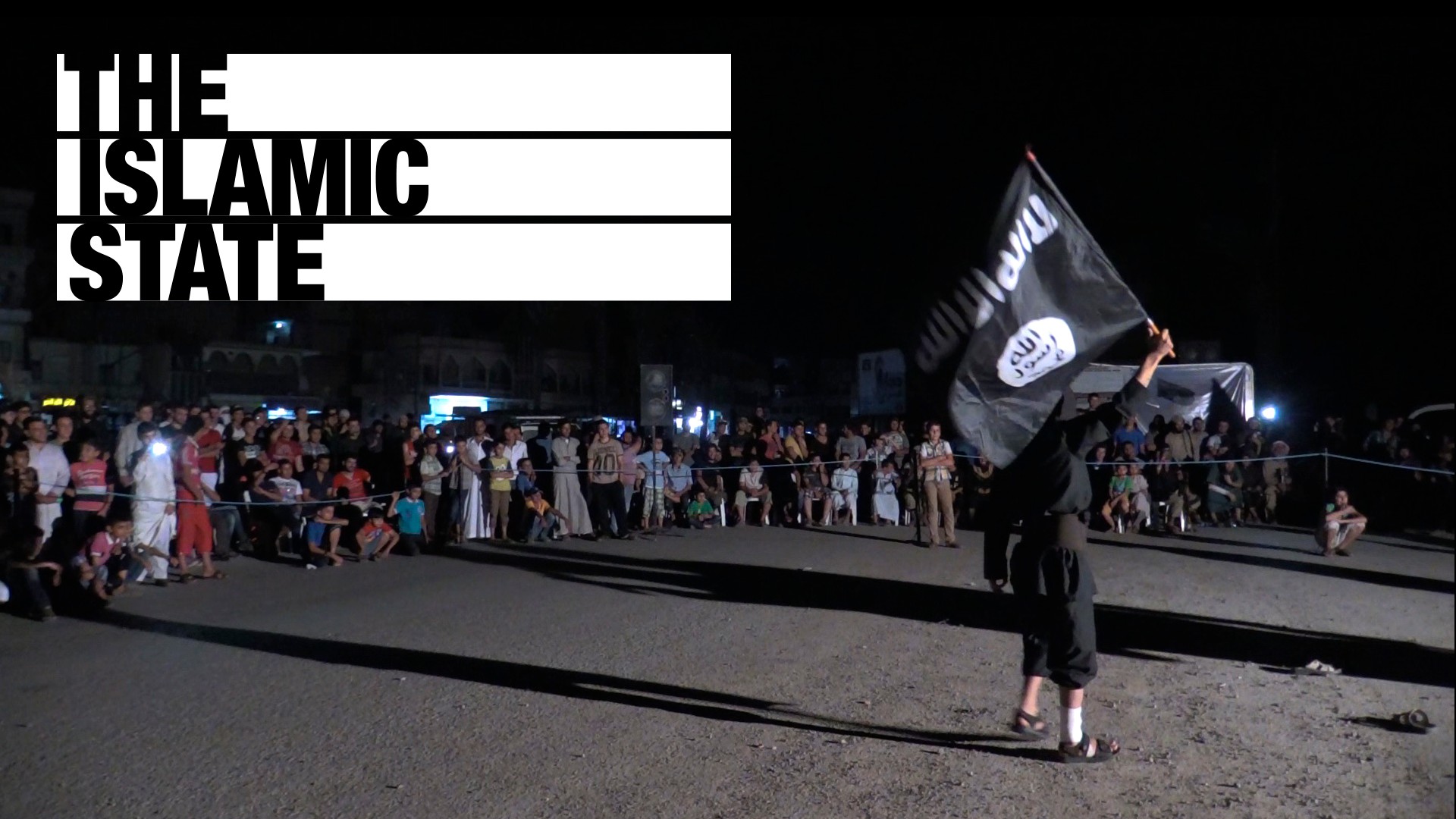By coincidence, I was in Venezuela photographing that country's vast oil industry when I learned that Kuwait's oil fields were on fire. News of the catastrophe also alarmed Venezuela, which for security reasons sealed off its own oil fields to all foreigners and promptly expelled me from the oil-producing region around Maracaibo. By then, the entire world knew that a huge international military coalition, led by the United States, was preparing to drive the Iraqi army out of Kuwait. Its success would mark the beginning of an era of instability across the Middle East that continues to this day.
Advertisement
As soon as the coalition forces entered Kuwait in mid-February 1991, putting an end to Saddam Hussein's expansionist dream in barely two weeks, I realized that the "real" story would now move to Kuwait's oil fields, where over 600 wells were on fire and many others had been badly damaged. I called Kathy Ryan, the photo editor of The New York Times Magazine, and proposed that I cover it. She responded with enthusiasm and the planning began.
Oil was both the beginning and the end of the story of the Iraqi invasion. Baghdad insisted that it had an historical claim to the territory of Kuwait, but what most angered Saddam Hussein was his perception that overproduction by Kuwait's oil industry was weakening the global oil price. Further, he believed that, in the large Rumaila oil field, which lay on both sides of their common border, Kuwait was using so-called "slant-drilling" to suck oil belonging to Iraq. By annexing Kuwait, then, Iraq could not only significantly swell its own oil reserves but also increase its influence over the oil market. Initially at least, for Saddam Hussein this sufficed as punishment of the ousted Kuwaiti royal family.But his plans soon changed when it became clear that his army faced certain defeat by the much stronger international coalition and its impending operation Desert Storm. In January 1991, Iraqi soldiers began setting fire to Kuwaiti wells, a move that would achieve at least one of Saddam Hussein's objectives—that of pushing up world oil prices. The Iraqi dictator also saw that sabotage of the oil fields had a military value. The dark smoke from burning wells could—and did—limit the visibility of coalition military aircraft, providing some protection for Iraqi ground forces. Further, orders were given to dig long trenches and fill them with burning oil to slow the advance of coalition tanks and other heavy weaponry. Yet, by February 28, the Iraqi occupation of Kuwait was over, leaving blazing oil wells as its principal legacy.
Advertisement
For more on conflict in the Middle East, revisit our doc on the Islamic State

Soon, oil engineers and technicians from North America and Europe began risking life and limb to put out raging well fires and cap runaway gushers. Before heading to Kuwait, I decided to wait a few weeks for the companies called on to put out the fires to assemble their teams and start working. At least a dozen companies had been hired to cap the wells, with the bulk of the work eventually done by Canada's Safety Boss team and the Red Adair Company, Boots & Coots International Well Control, and Wild Well Control, all from the United States. Aiding them were other foreigners, valiant drivers, and assorted helpers from East Africa and the Indian sub-continent. The importance of this work could not be overstated: some 300 expatriate experts were expected to halt further contamination of land and air; to permit the early resumption of Kuwait's oil production and rescue its battered economy; and to help stabilize the world oil market.Yet, moving like phantoms through the gloom, covered in oil for hours on end, these men were too close to danger to think of anything but the job at hand. It demanded experience, improvisation, discipline, solidarity, and immense toughness of body and mind. Without them, the environmental and human cost of this calamity would have been immeasurably greater. By early April, I had reached the Saudi border with Kuwait and, after waiting impatiently for permission to move on, I rented a 4x4 and simply drove into Kuwait—towards the densest clouds of black smoke.
Advertisement
I'm publishing this book 25 years after the drama it portrays because when I first looked back at the portfolio, I realized that many of the photographs had never been published. But, more important, I felt the images had a timeless quality: they were taken in 1991, but they could be taken today or tomorrow if a similar disaster occurred. For me personally, though, it was a voyage into the past. I relived the moments I took them and I was as moved by what I saw as I had been a quarter of a century earlier. Never before or since have I witnessed an unnatural disaster on such a scale.'Kuwait: A Desert on Fire' by Sebastião Salgado is out November 23 on Taschen. Pre-order the book here, and see more photos from the text below.